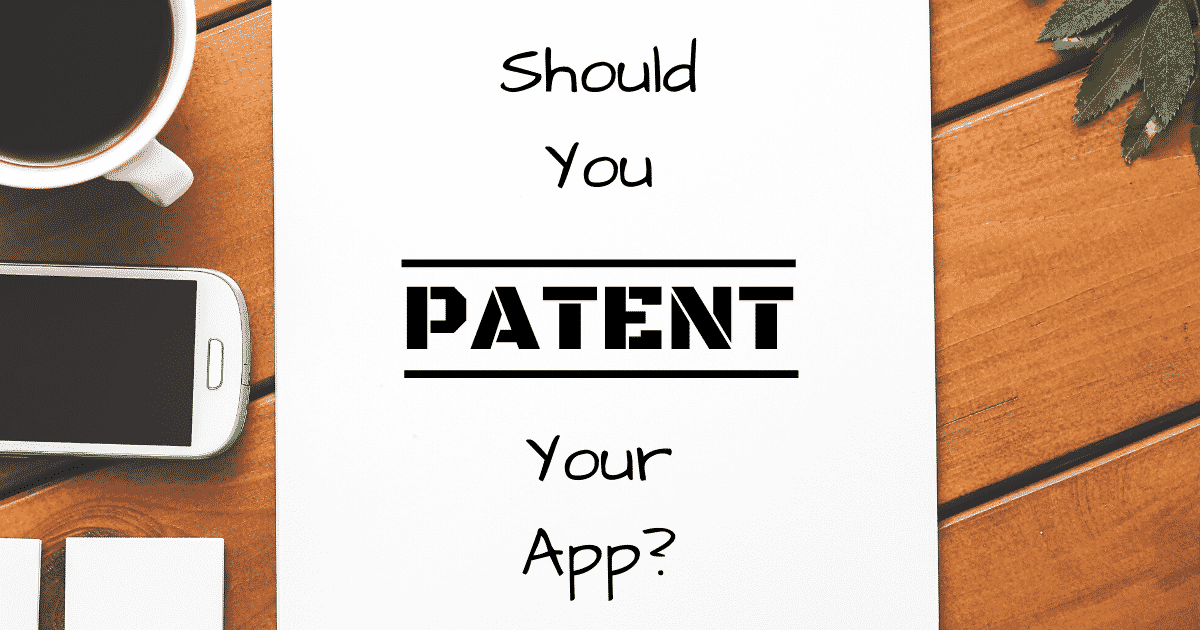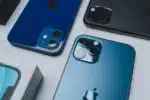So, you have come up with a great mobile app idea and you want to protect your idea with a patent. What do you need to know? First, you need to know that applying for a patent is a very detailed, often tedious process. However, you can make it easier by knowing some key things about the patenting process. When entrepreneurs ask me how to patent a mobile app idea, this is what I tell them:
1. Do a Patent Search or App Idea Search.
This is the very first thing you should do. Often, a simple Google search will tell you if a similar app already exists. If you can find an app with features and functions similar to yours in the App Store, then your chances of getting a patent will be grim. You should also search the U.S. Patent and Trademark Office (USPTO.gov) website to see if a patent already exists. You should search using different keywords and descriptions to make sure nothing closely similar to your idea exists. If you don’t find anything similar, then you are in a good position to apply for a patent. If you find something that is somewhat close to your app idea, you may need to modify your idea to make it unique. You can hire a patent lawyer to do a search for you. They don’t charge too much for searching, but you can usually do as good or a better job yourself. Google, App Stores and USPTO are good sources to search when you apply for a patent, because the patent office will also search into these databases to find a match.
2. Create Design Documentation for Your App Idea
Once you find that no similar app idea exists, you will need to document your idea. Essentially, that means you need to describe the design, features and functions of your app in a document that will be submitted with your patent application. Your app’s documentation will precisely describe what is unique about your app. You should also create wireframes and flow charts for your application. Wireframes can show what your app screen’s may look like in terms of data, flow and features. You can also create a flow diagram to describe key flow and usage of your application. If you are not capable of doing this yourself, you can hire an app design or app development company to do it for you. You can also hire a UI/UX designer to create more advanced design documentation. This will often help you get faster approval from the patent office. All files and documents should be in a PDF format.
3. File for a Provisional Patent
Once you have assembled your documentation, you should file for a provisional patent, which is easier to file (you can do it yourself right on the USPTO.gov website. You won’t have to hire an expensive patent lawyer to do this. You’ll just need to pay the $65 online application fee to do it. Once you submit the application online, you will get a provisional, one-year patent, during which you can convert your idea into a reality.
4. Convert Provisional Patent into Non-provisional Patent
If during your one year of provisional patent coverage, you determine that your idea is likely to be a success, you will want to apply for a non-provisional patent. This process can be more tedious than the provisional patent process, however, you can find all the information you will need on the USPTO website. You may, at this point, want to hire a patent lawyer to file your patent application for you, especially if you have seen some success with your app in the market. If success appears likely, you may want to hire a professional to make sure your mobile application goes smoothly.
Applying for a patent is a long, detailed process, but if you follow the well-detailed steps in the process, you will be able to minimize the costs. The USPTO has made its website very simple and easy to navigate. You can even contact them if you have any questions about the process.
Patenting your mobile app idea is a crucial step in protecting your innovation, but it is only one part of the journey. To truly bring your patented idea to life, you need the right technical execution, strategic planning, and development expertise. Partnering with an experienced mobile app development company can help you transform your protected idea into a fully functional, scalable, and market-ready application. With the right development support, you can confidently move from concept to launch while staying focused on growth and user adoption.

 App Development
App Development Web Engineering
Web Engineering AI Services
AI Services Startups
Startups Health / Fitness
Health / Fitness Education
Education Social
Social Nonprofit
Nonprofit Fintech
Fintech Logistics
Logistics Government
Government HR Software
HR Software About Simpalm
About Simpalm Our News
Our News Client Testimonials
Client Testimonials Careers
Careers Awards
Awards Resources
Resources Information
Information


